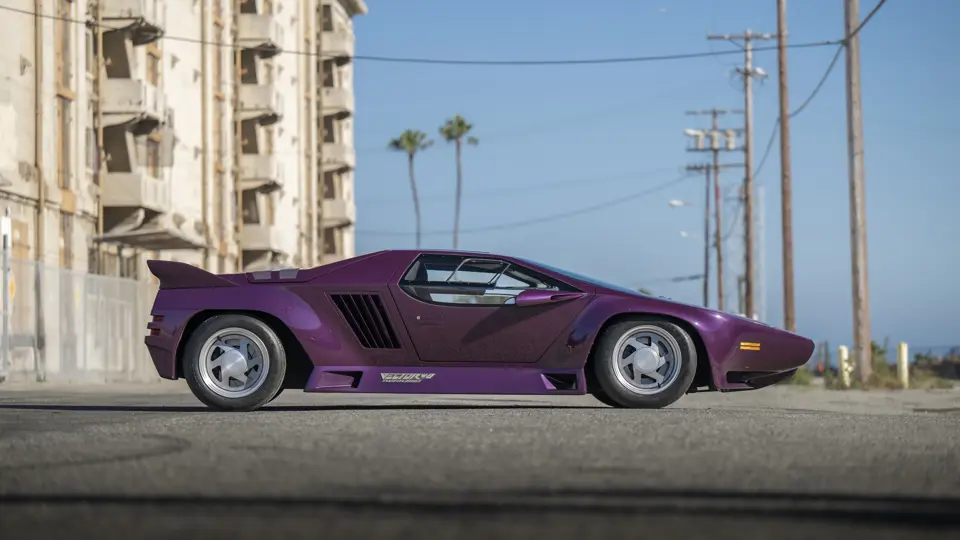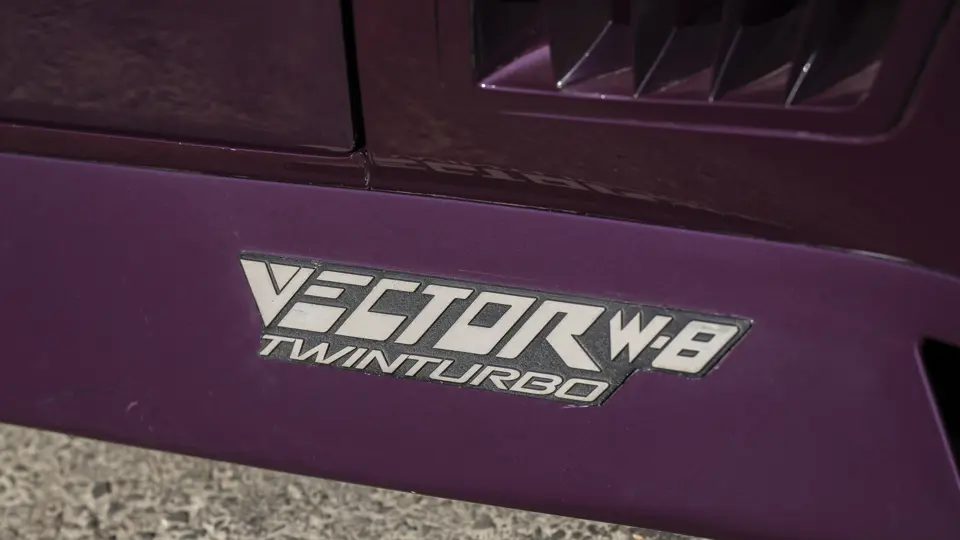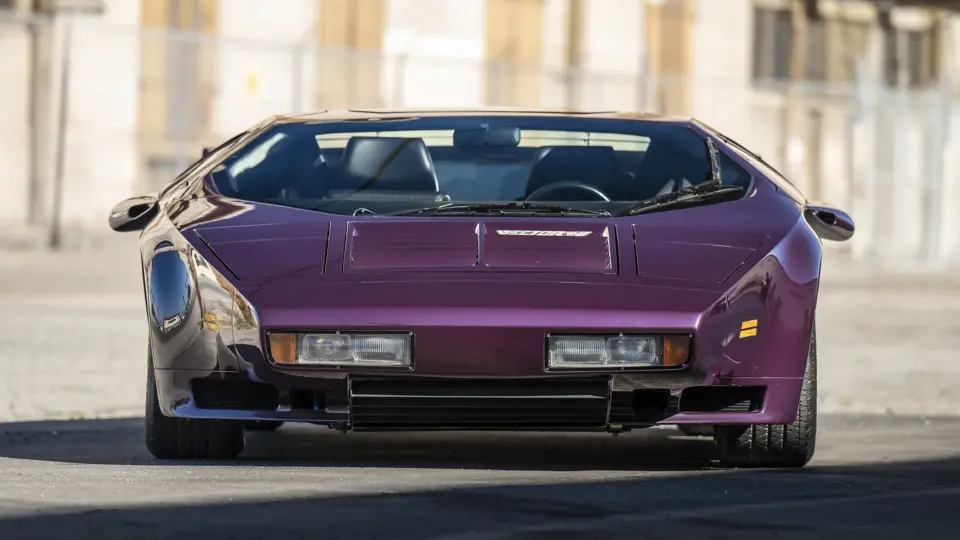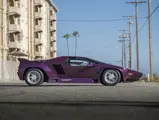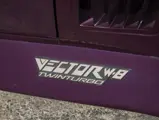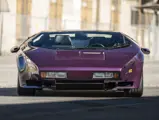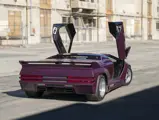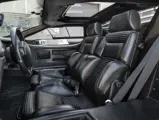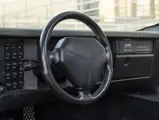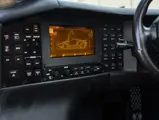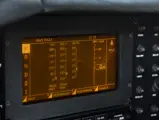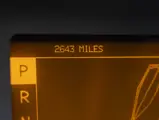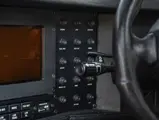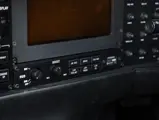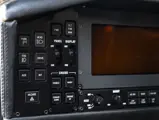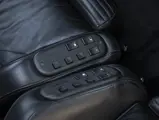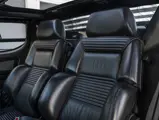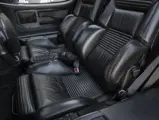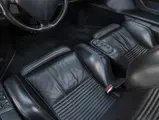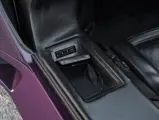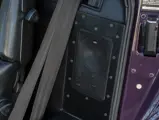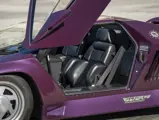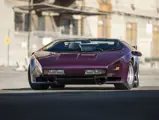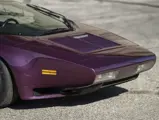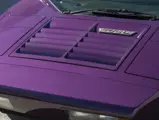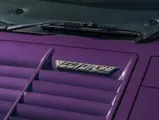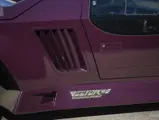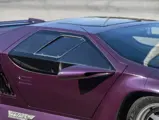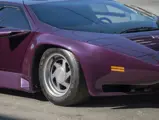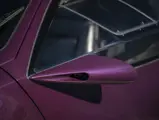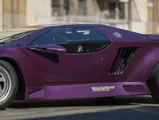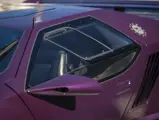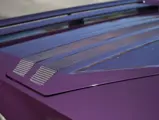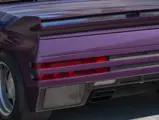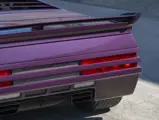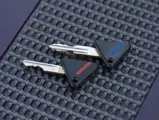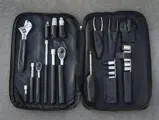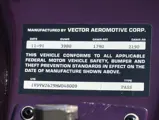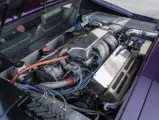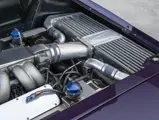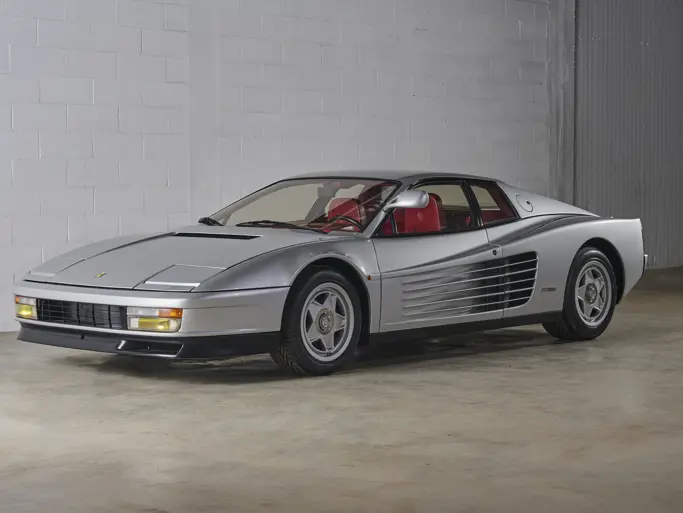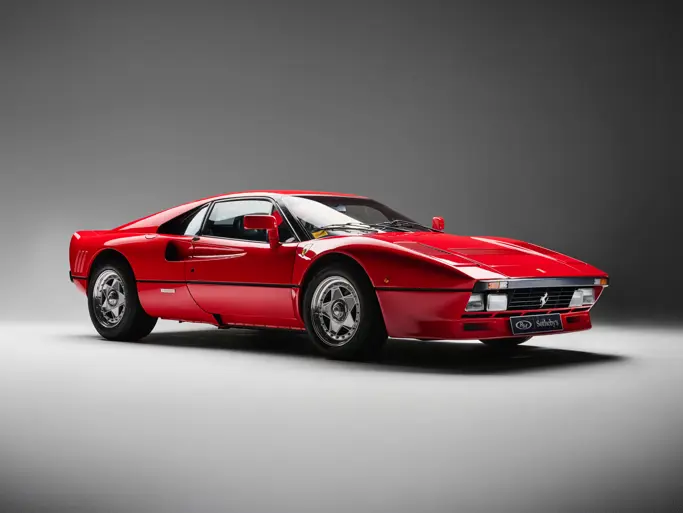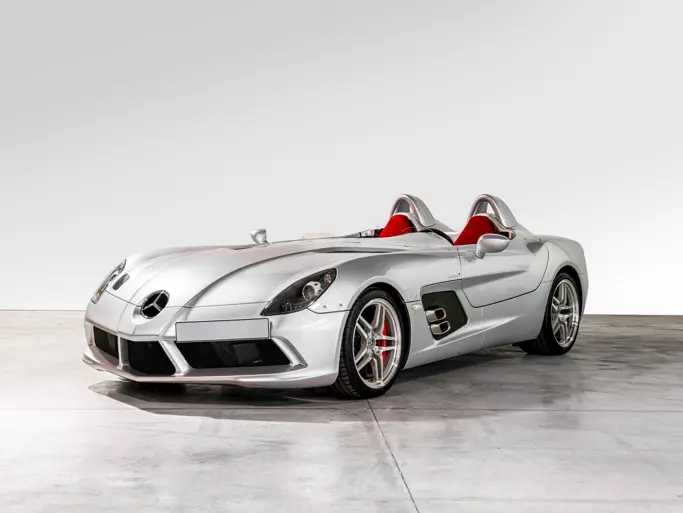
1991 Vector W8 Twin Turbo
{{lr.item.text}}
Sold
The Turbollection
{{bidding.lot.reserveStatusFormatted}}
- One of 17 production Vector W8s constructed
- The only W8 finished in purple over black all-leather trim
- Transversely mounted, twin-turbocharged, 6.0-liter Rodeck V-8; factory rated at 600 horsepower
- Comprehensive service in 2023 by Vector’s former Chief of Engineering, David Kostka
- 0–60 mph in 4.2 seconds; over 200 mph manufacturer-claimed top speed
- Extensively documented with initial purchase invoices and correspondence
Of all the upstart supercar companies that emerged in the 1980s and early 1990s, none was more compelling than Wilmington, California’s Vector. Vector was established by Gerald Wiegert, an automotive industry veteran with experience at each of the Big Three in Detroit.
Wiegert initially built a prototype dubbed the W2, which was eventually refined into a full production model, the W8 Twin Turbo. No corners were cut in the W8’s design, as it would be a supercar constructed using the most advanced technologies and cutting-edge materials. Aerospace-grade components were used to build the 6.0-liter V-8, and the body incorporated carbon fiber, Kevlar, and fiberglass for structural rigidity. A Vector W8 could run the quarter mile in 12 seconds at 124 mph, which was over two seconds faster than the Ferrari Testarossa, and could sprint to 60 mph from a standstill in 4.2 seconds.
Financial problems ultimately led Vector to close its doors after constructing just 17 production W8s. Nevertheless, Wiegert had achieved his goal of shocking the automobile industry with an American-made car that packed previously unseen performance and styling, paving the way for future small-scale manufacturers.
Serial number 009 was ordered in 1989 at a cost of $178,000 and is the only W8 finished in purple over black all-leather trim. The W8 was agreed to be completed the following year, and a 1990 VIN was allocated to the car according to the original sales agreements and MSO. However, the Vector was not completed until late 1991, and as such it was given an updated VIN reflecting the 1991 model year, leading to a change in the 10th digit of the VIN.
The interior is reminiscent of an airplane cockpit, with a digital computer screen and numerous instruments highlighted by an Airpath compass and Hobbs hours counter. Additionally, it features Recaro Classic seats, digital climate control, and a Sony stereo with cassette and 10-disc CD paired to a/d/s speakers. This Vector features a removable moonroof and is accompanied with a rare case to protect it when stored; it even retains its original Plexiglas license plate cover that keeps with the rear body line of the car.
In March 2023, the car was treated to a thorough sorting by Vector’s former Chief of Engineering, David Kostka. Accompanying invoices document the nearly $13,000 service as including a new oil pump, various panel lift struts, HVAC system charge, and a new electroluminescent display screen. In addition to service invoices, car 009 is further accompanied by a tool pouch, correspondence between Weigert and the original owner, purchase agreement, invoice, copy of manufacturer’s statement of origin, period literature, and a Vector Aeromotive presentation VHS. At time of cataloguing, it displayed only 2,643 miles.
Gerald Wiegart joins a select group along with Preston Tucker, John DeLorean, Malcolm Bricklin, and Elon Musk, who all set out to disrupt an industry and build their own car. Vector cemented itself in automotive history with its stunning futuristic design, aircraft-inspired cockpit, and exhilarating performance. With only a handful of cars produced, Vectors are seldom offered for sale, particularly with low mileage and with extensive original documentation. This Vector W8, serial number 009, is an exceptional modern classic sure to be the only entrant of its kind at any concours gathering.
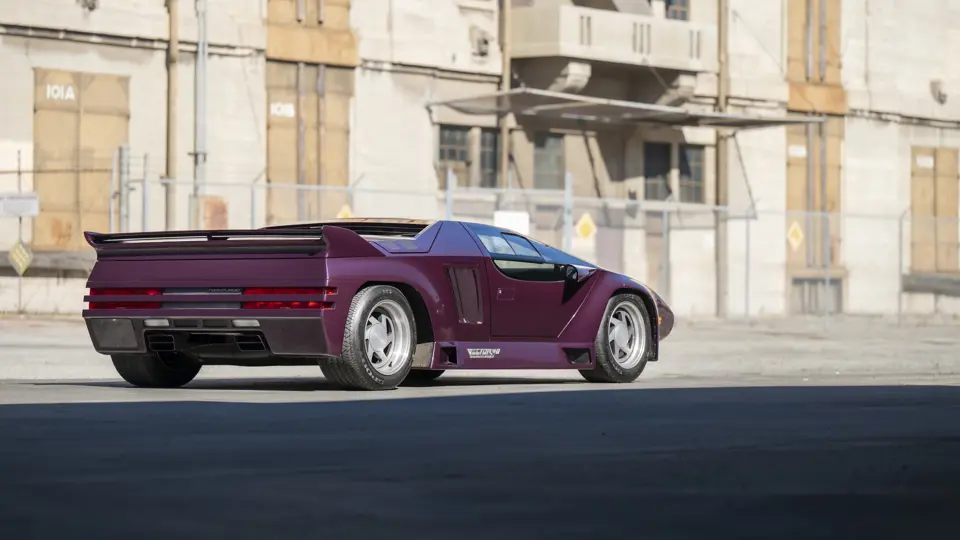





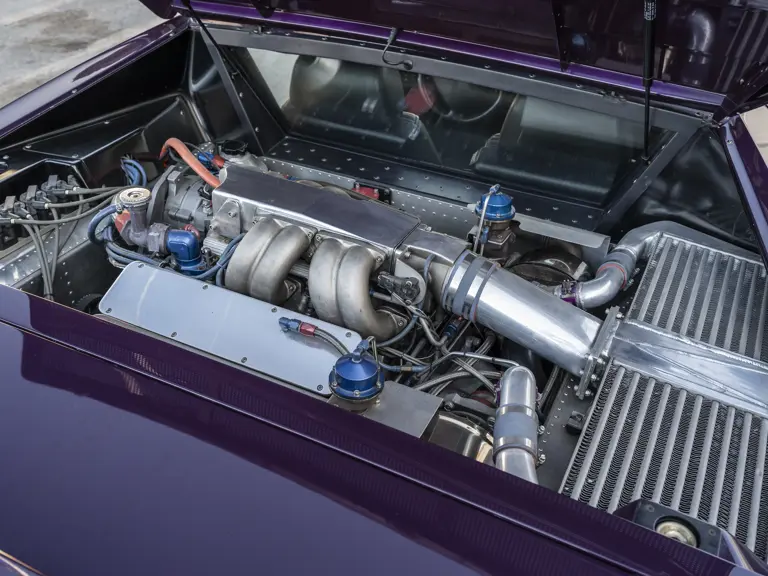
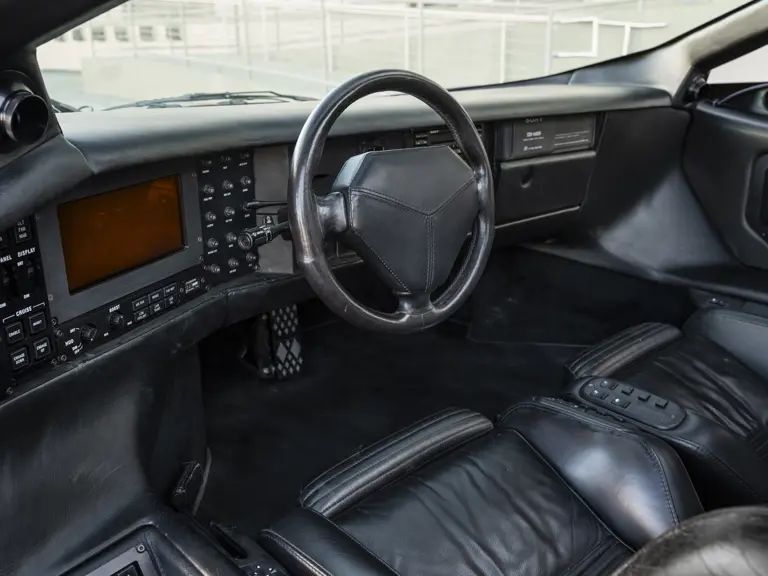
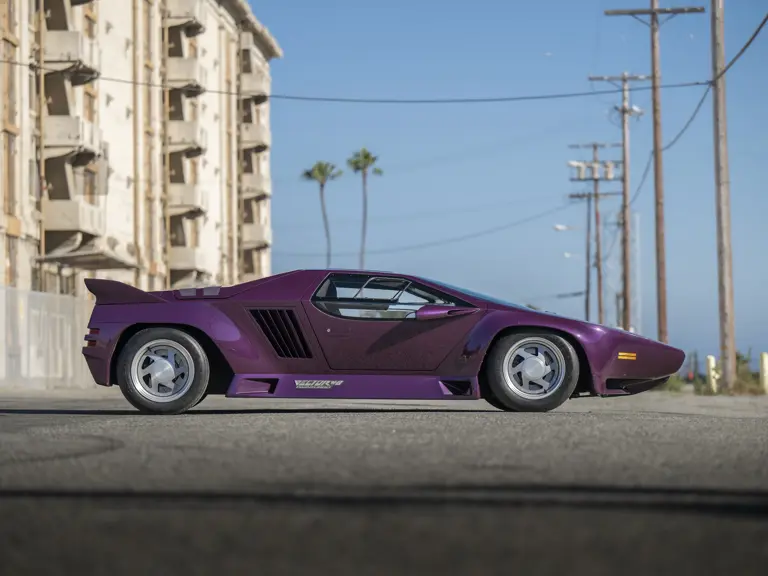
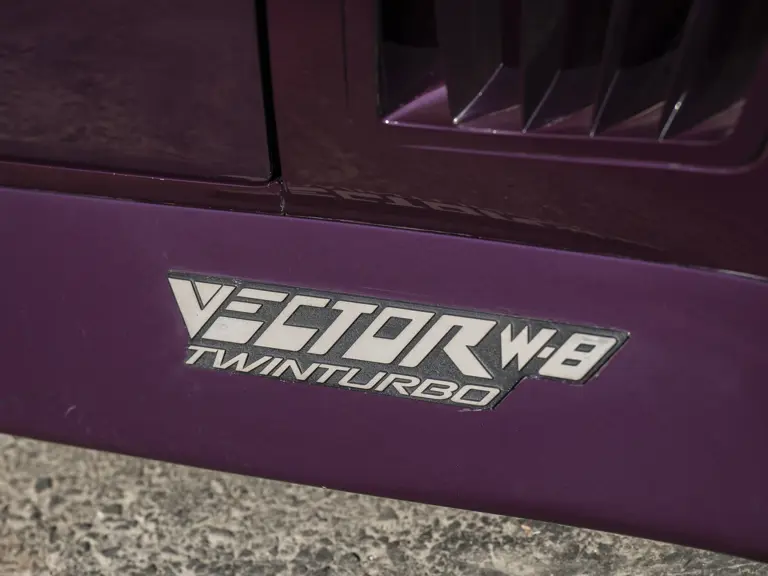

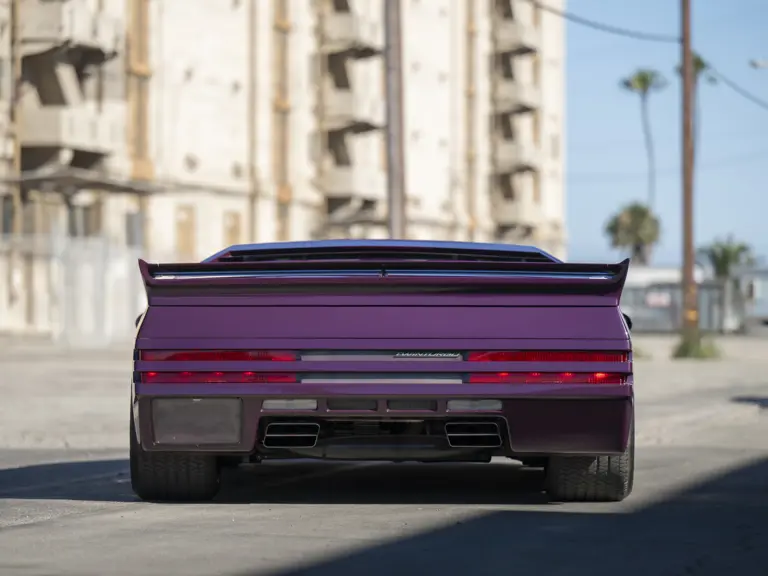
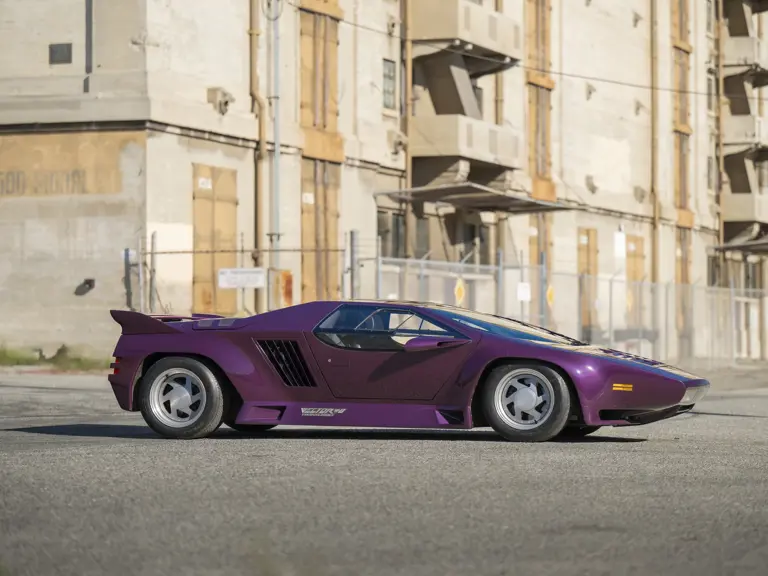
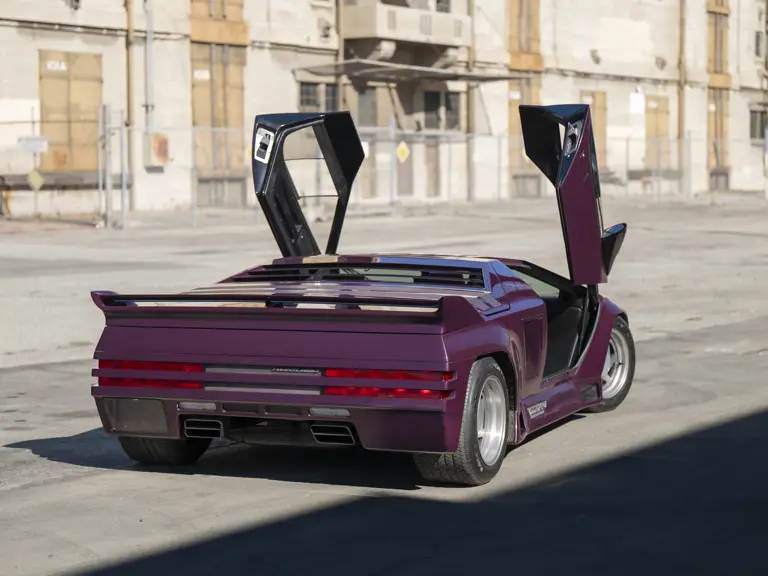
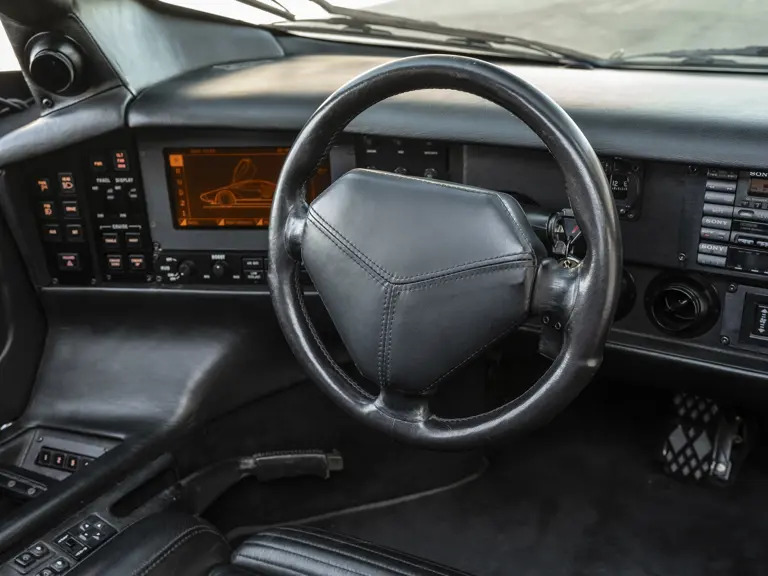
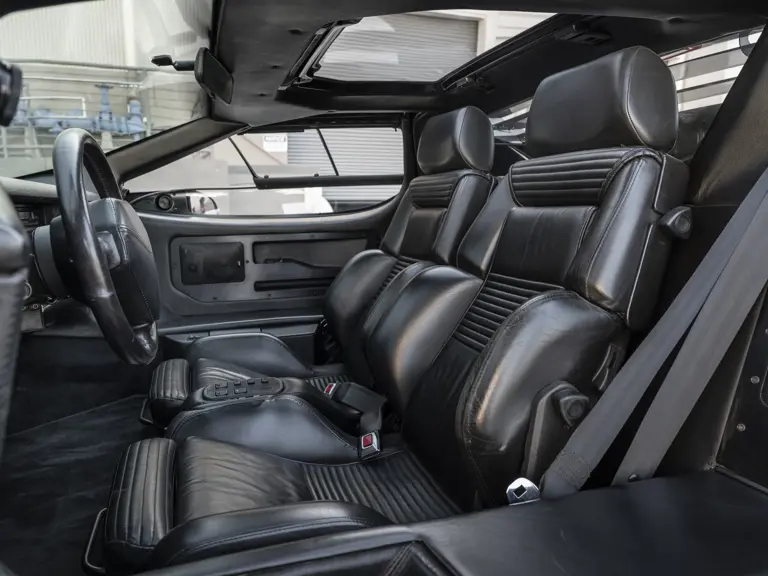
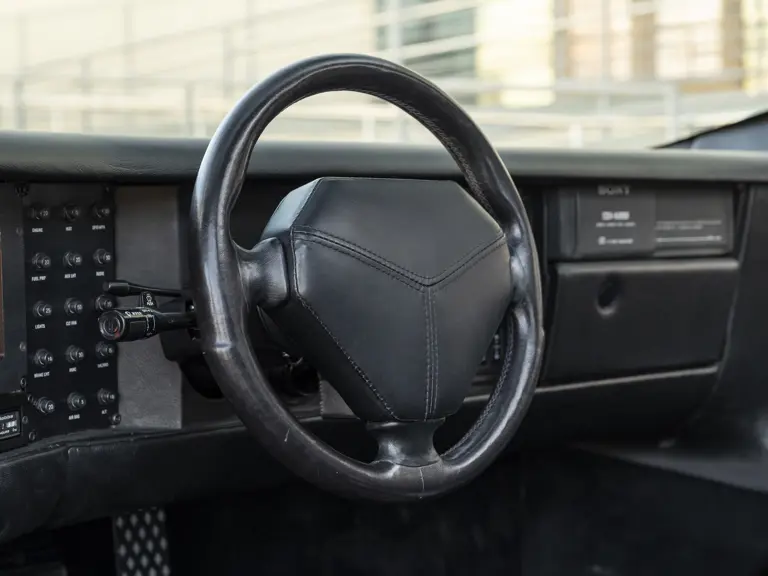
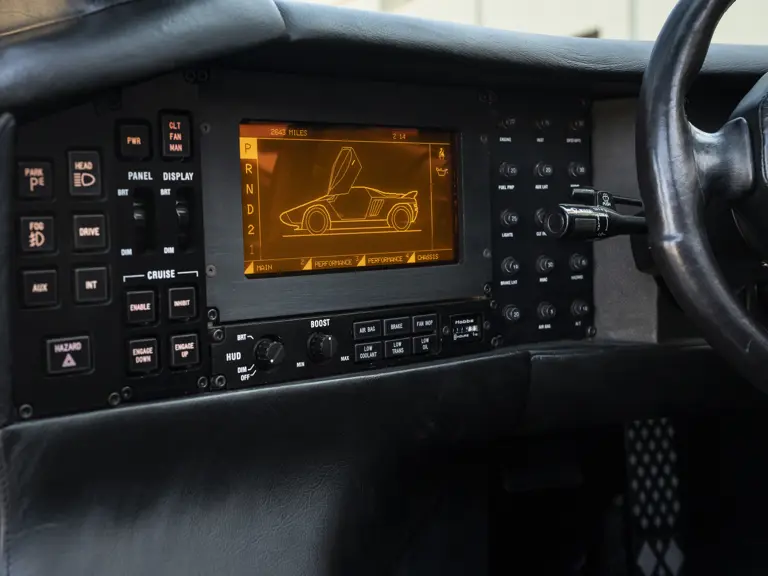
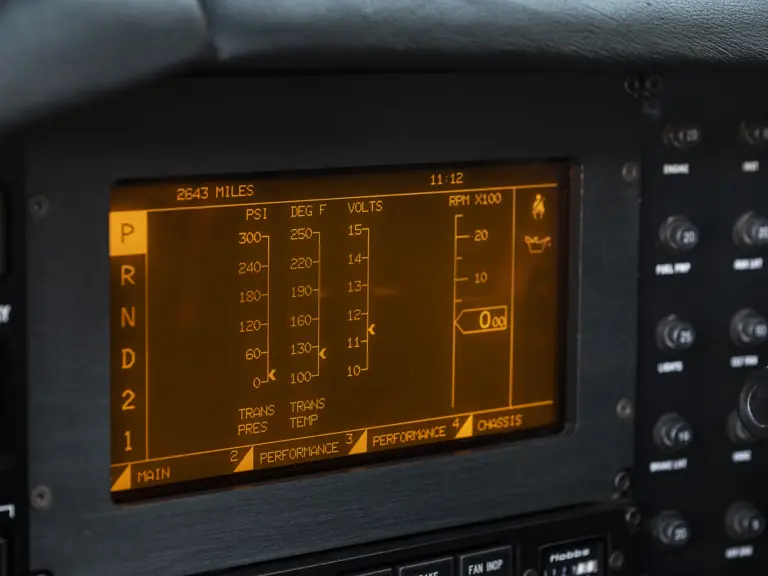
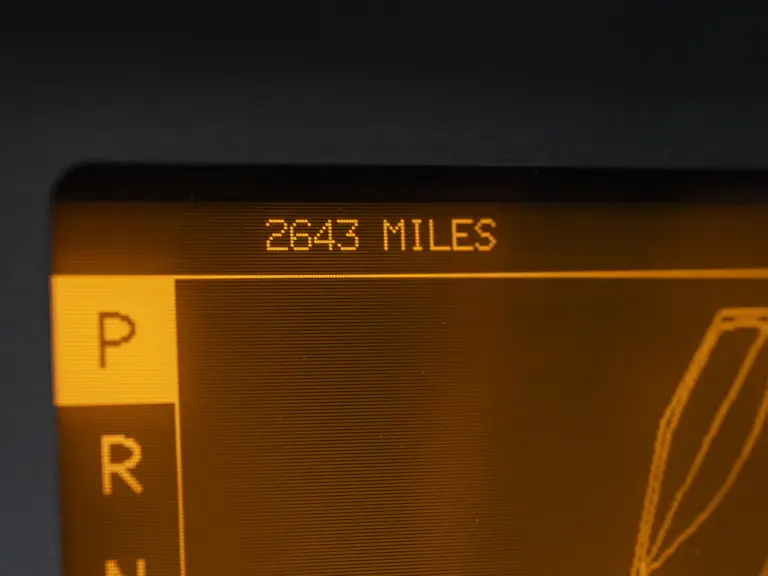
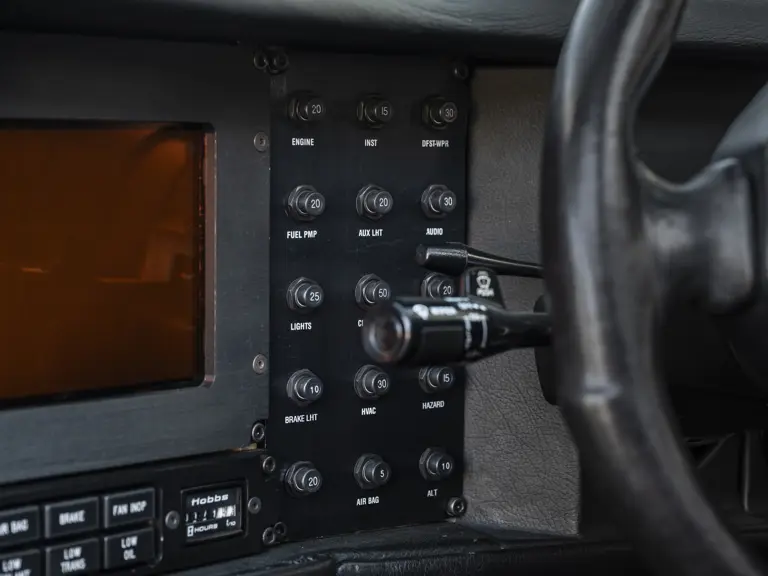
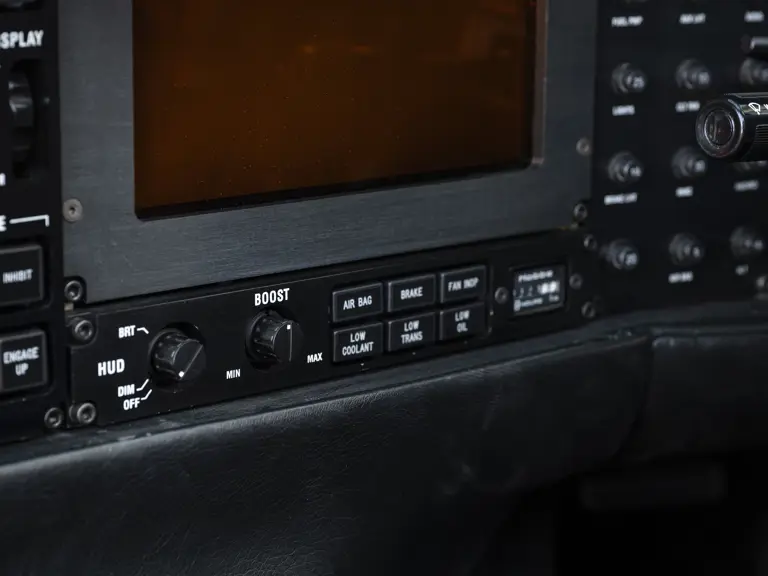


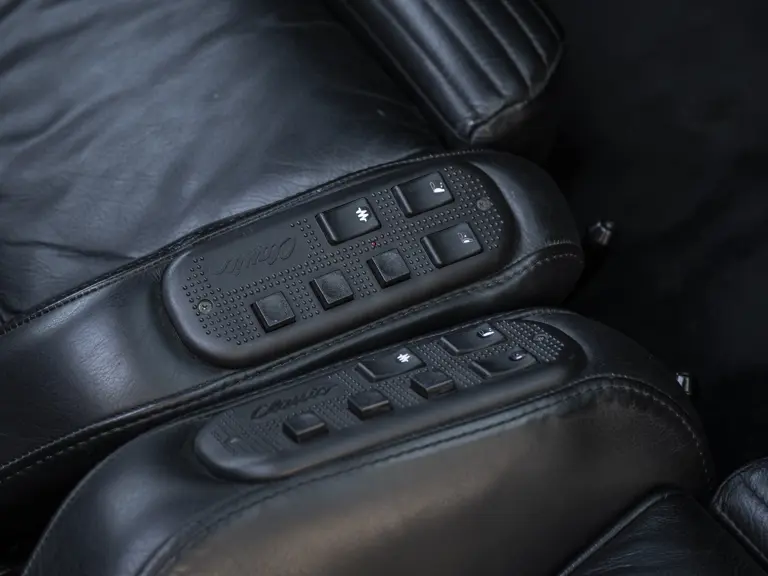
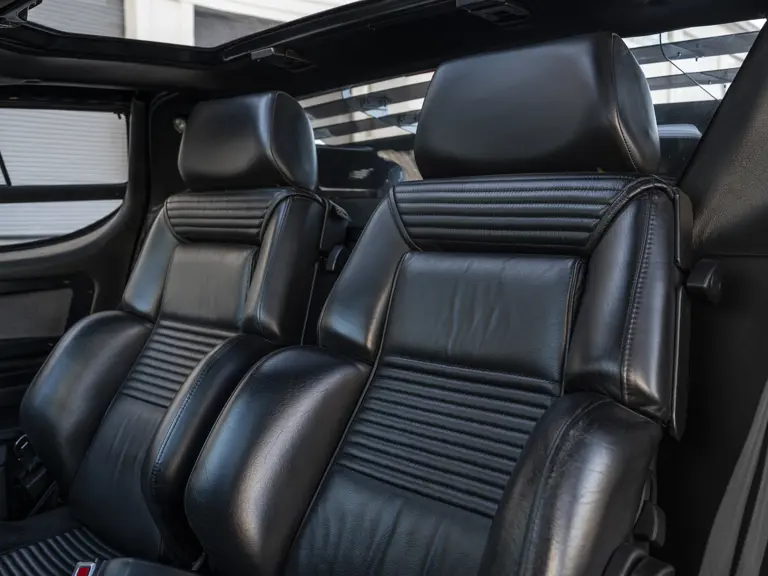
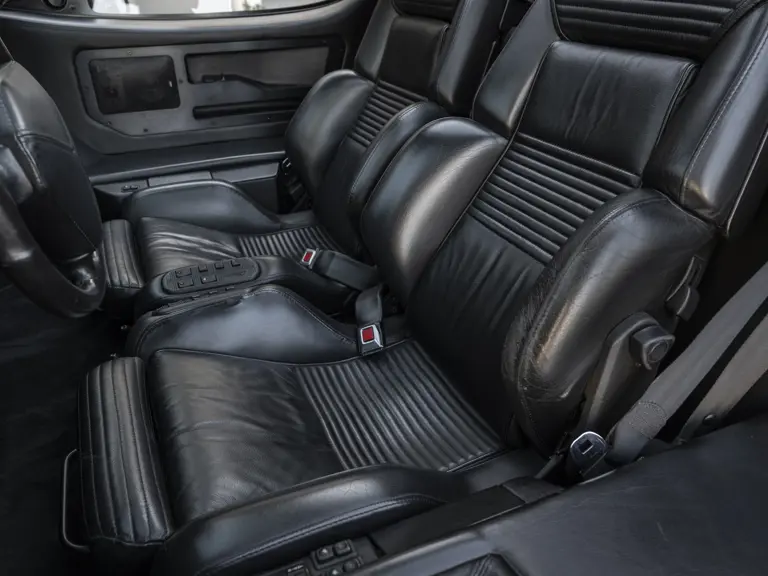
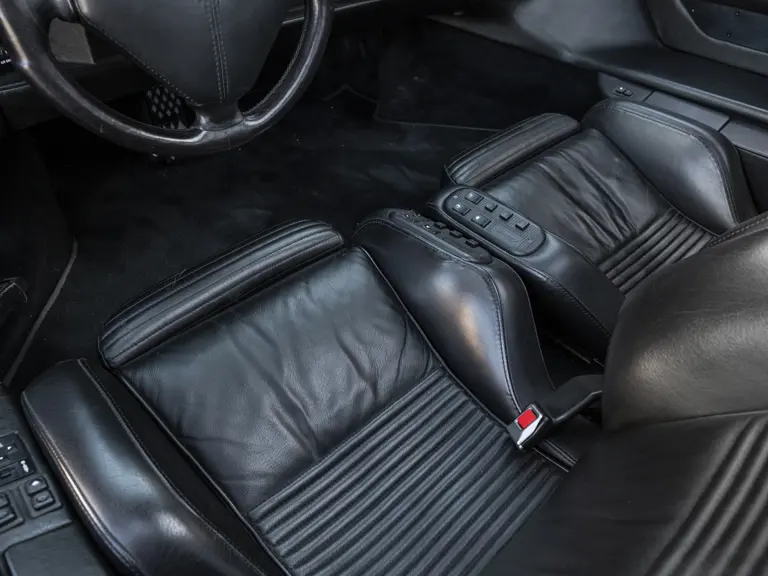
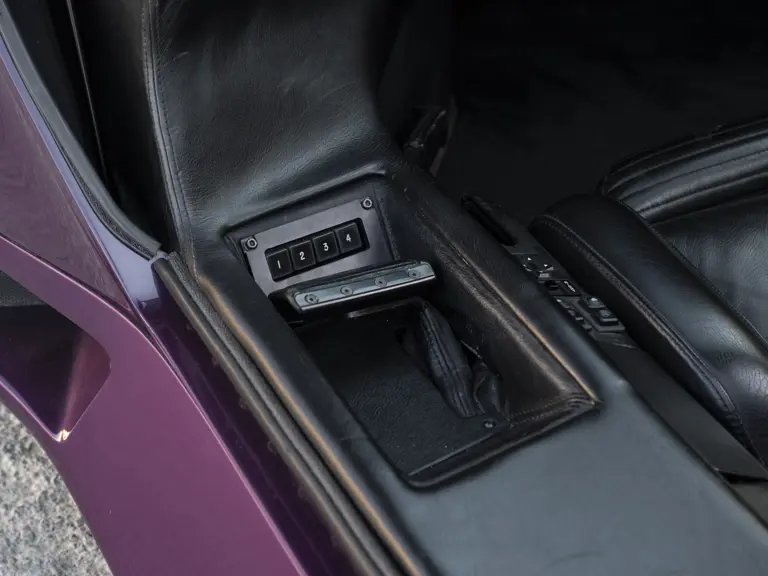
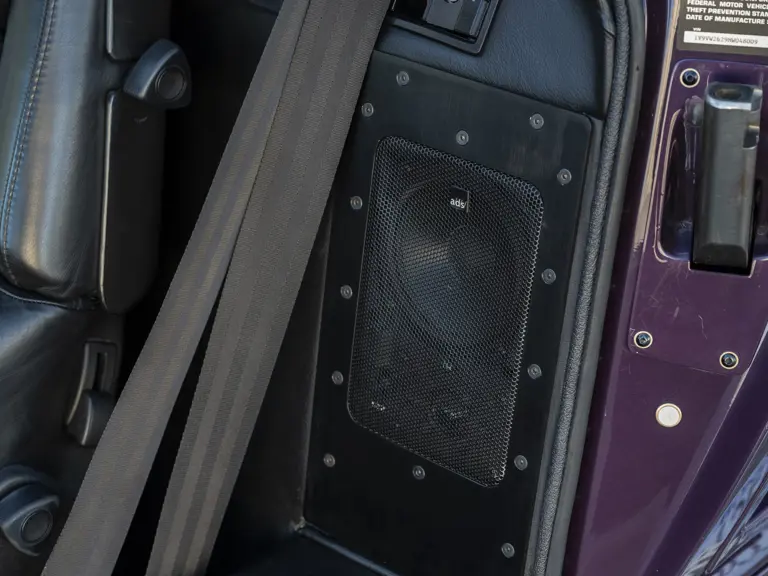
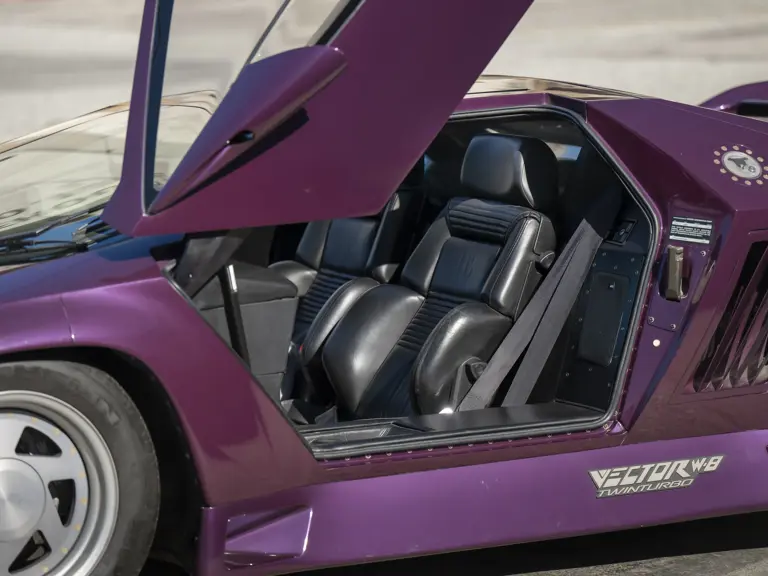
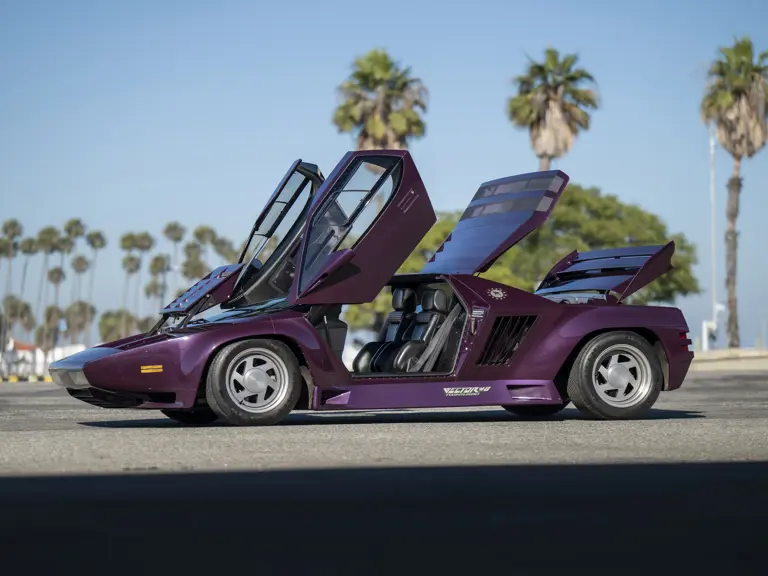

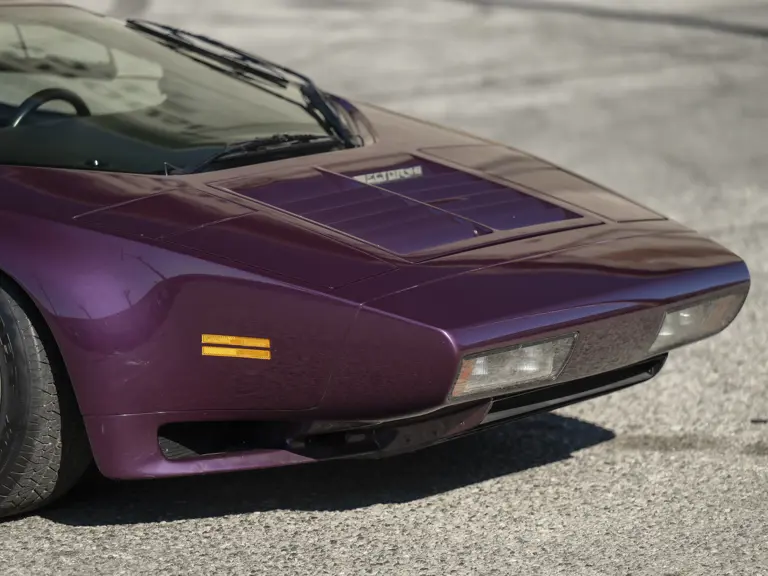
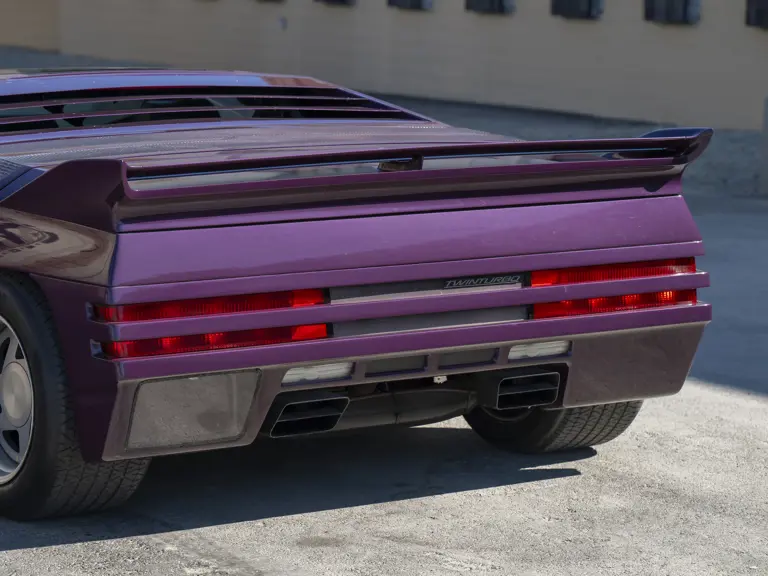


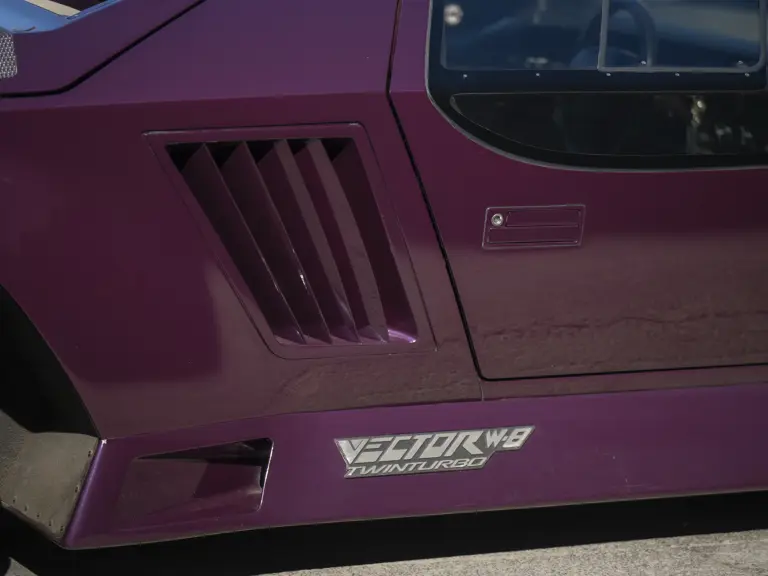
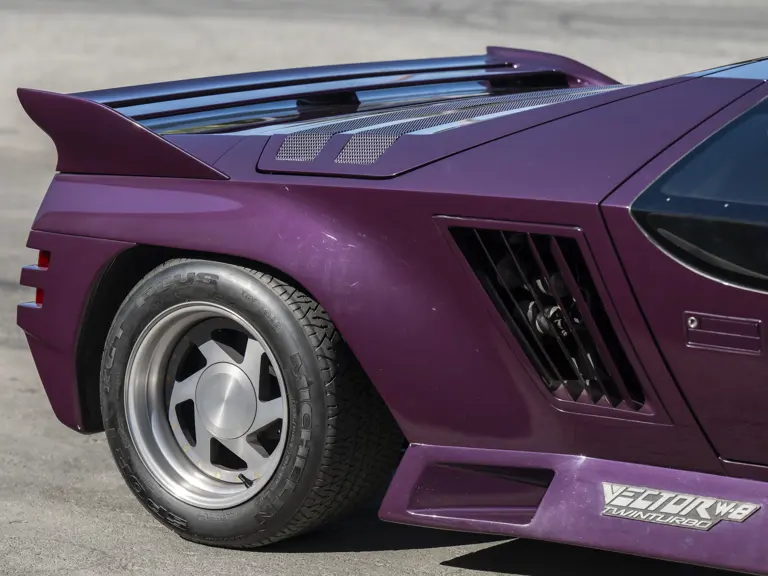
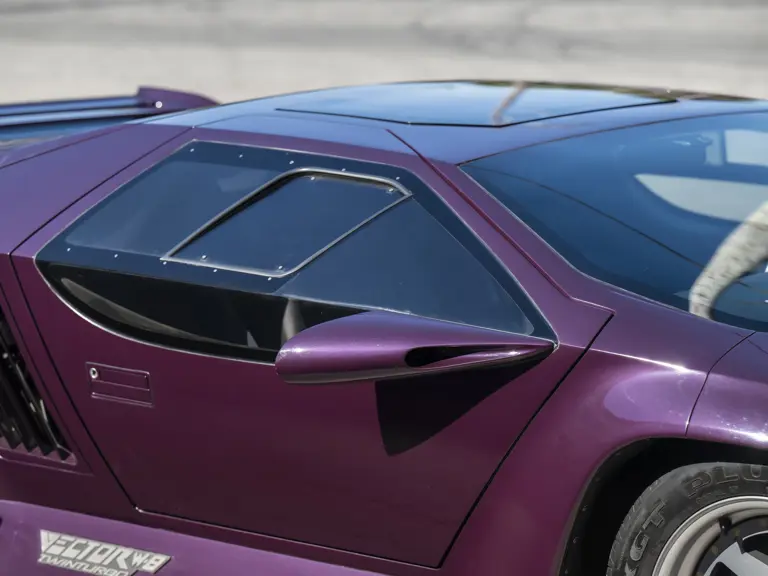

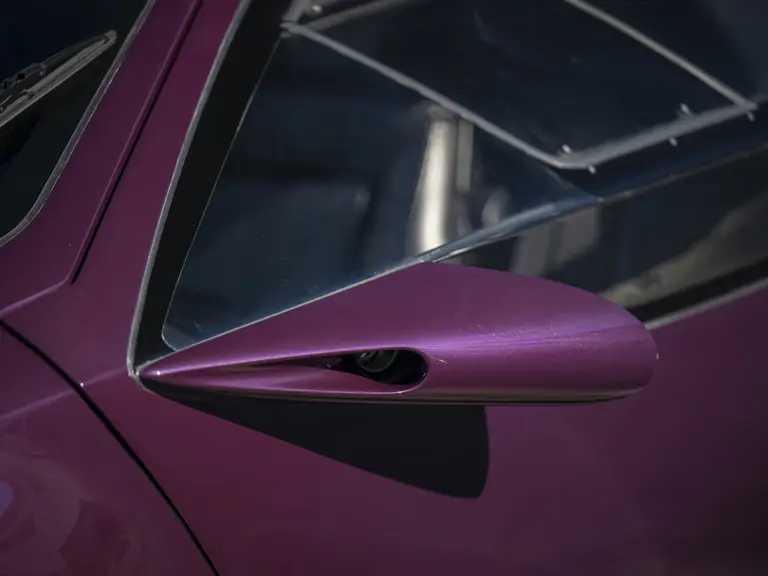
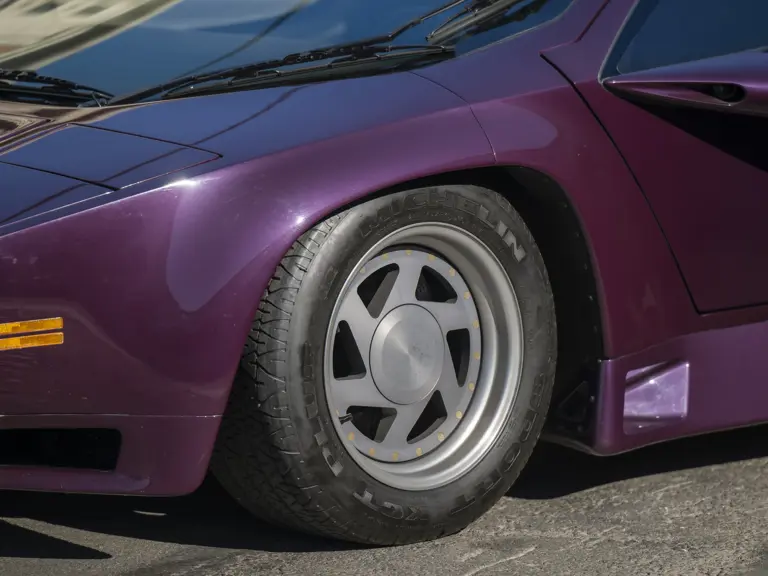
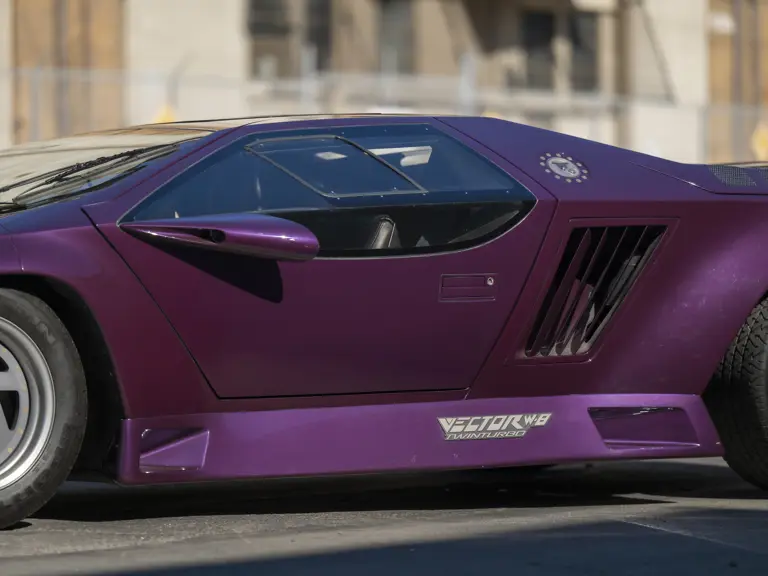

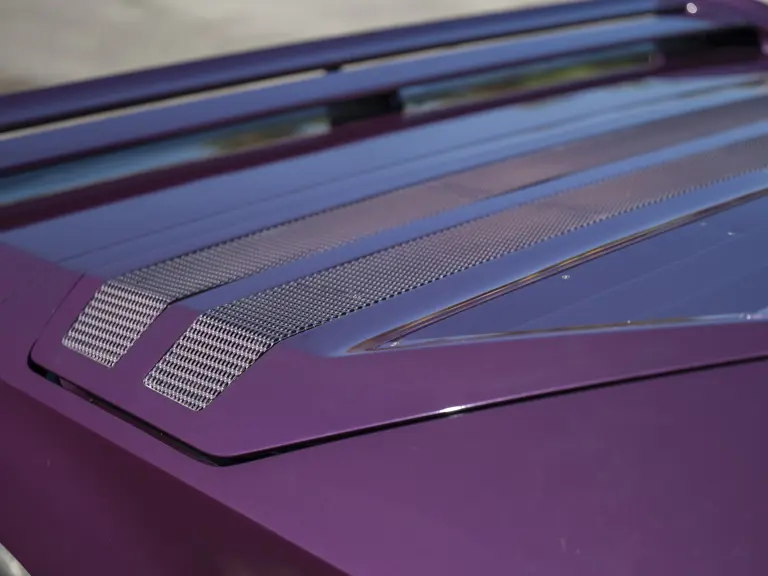

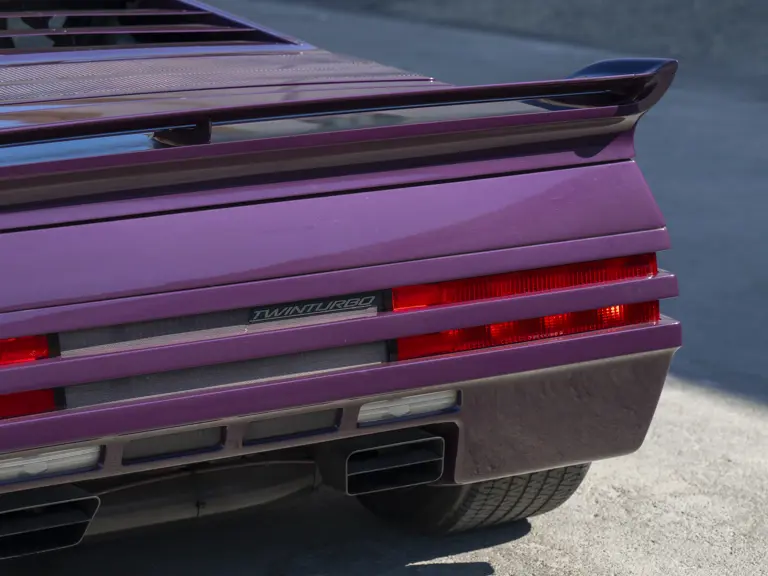
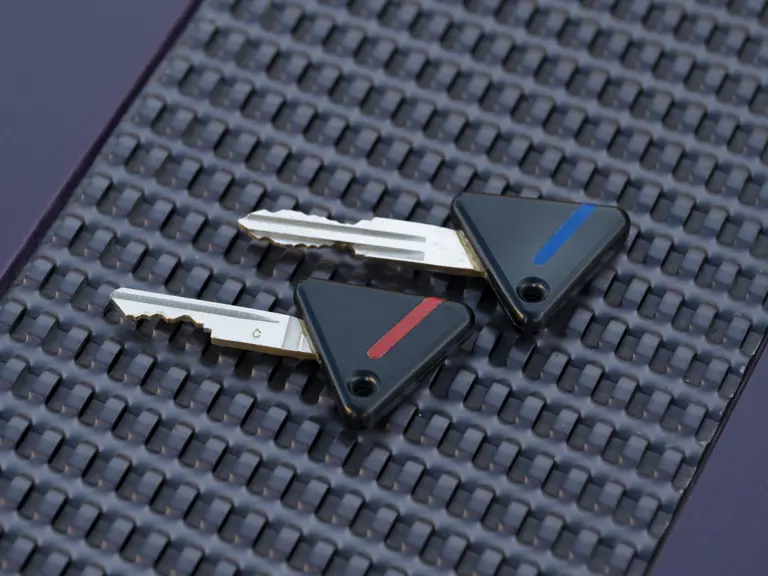
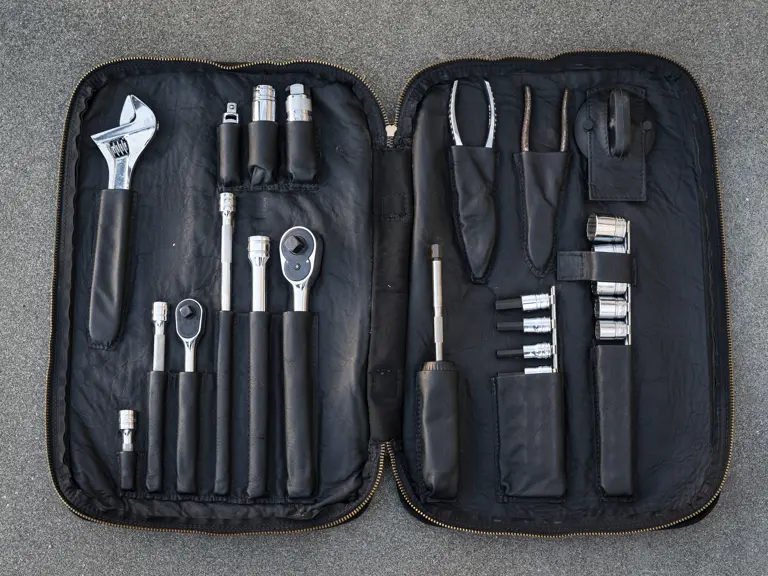
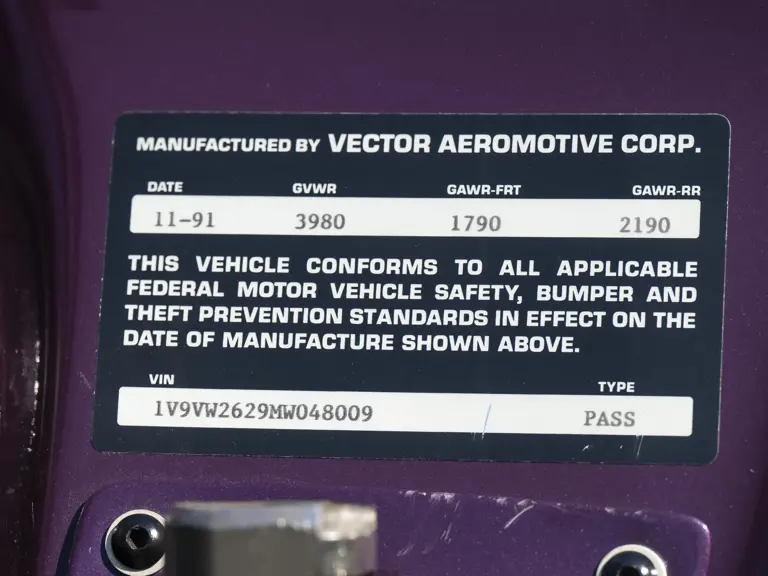

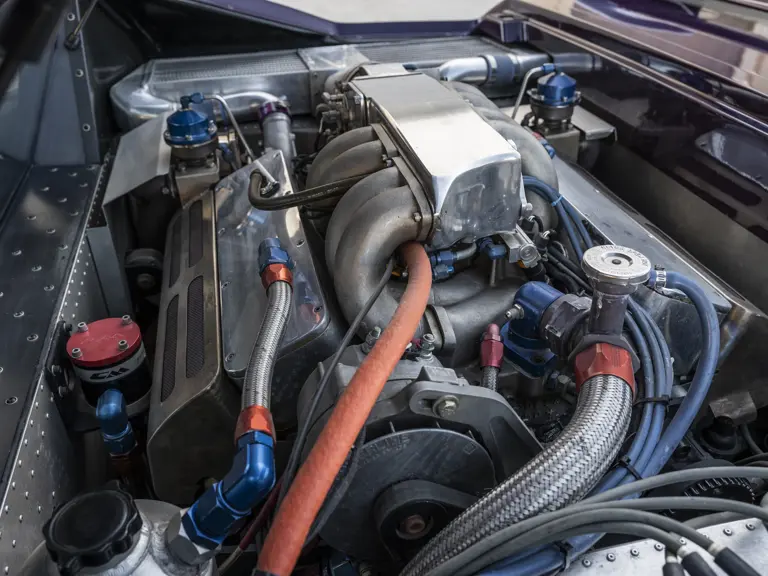
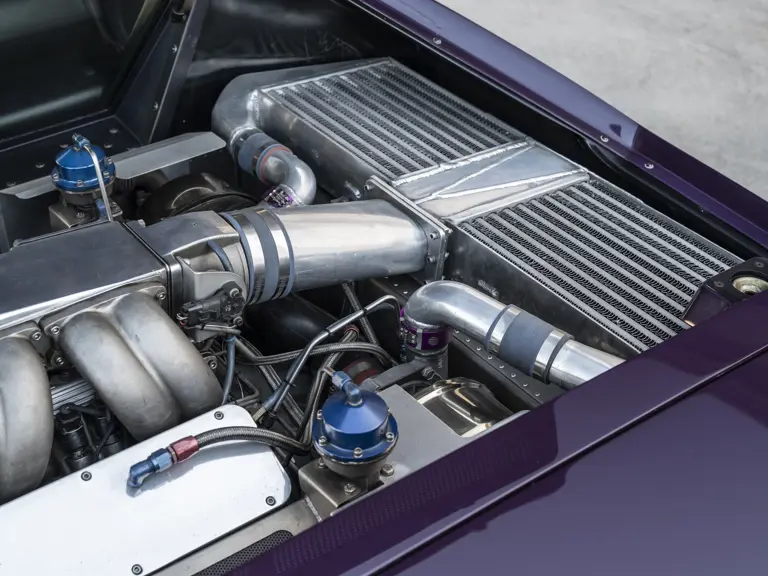
 | Monterey, California
| Monterey, California
